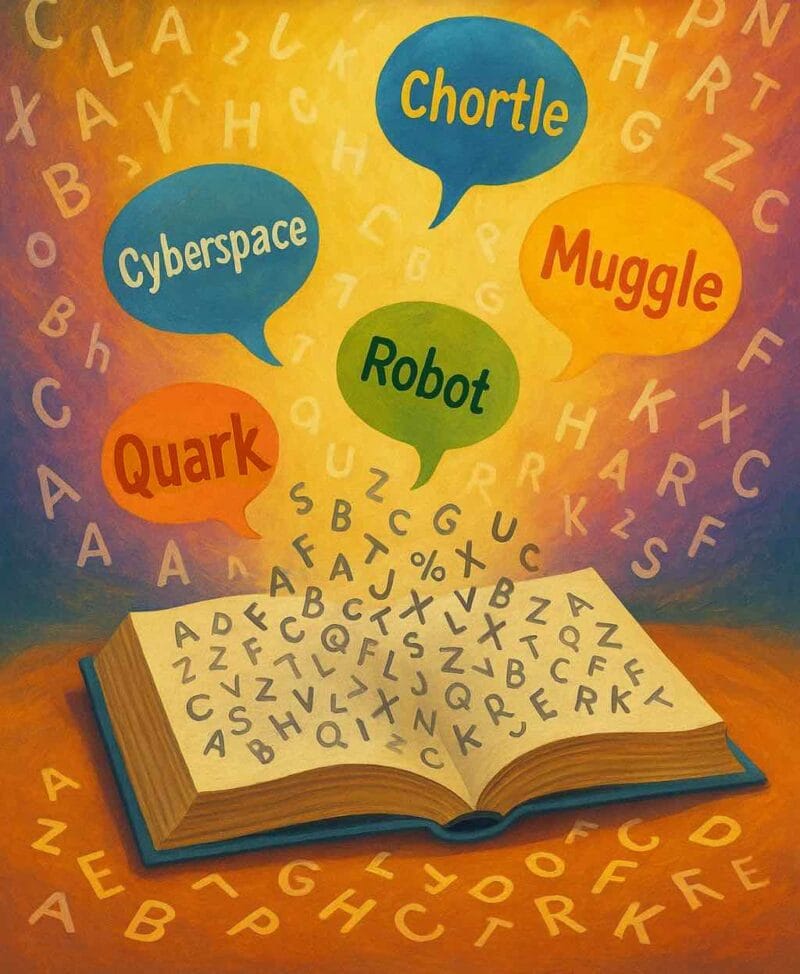The Nouveau Roman is a style of literary fiction developed in France from the late 1950s onwards, exemplified by the works of Alain Robbe-Grillet, Nathalie Sarraute, Claude Simon, Michel Butor and Marguerite Duras. It broke with earlier literary conventions, and instead of producing a linear narrative told from a single point of view, it explored a variety of styles that defied convention.
This literary movement was a response to the dominant trends of post-World War II literature, which were typically realistic and traditional. It was a reaction against the traditional novel form. The proponents of this movement began to question the assumption that the novel must be in the form of a story with a linear plot. They wanted to experiment with new ways of writing about ordinary life.
Its proponents started it because they wanted to explore new ways of writing about characters and their interactions with one another, which relies on a flat or expressionless tone, with an absence of any distinguishing features of genre, theme, or character. The writing focuses on the depiction of the everyday and the banal and eschews traditional storytellingtechniques that focus on plot and character development.
Nouveau Roman is French for “new novel.” It is a term coined by Emile Henriot in his 1957 essay “A New Novel: La Jalousie, by Alain Robbe-Grillet, and Tropismes, by Nathalie Sarraute” published in Le Monde, a popular French newspaper. The movement began in France, but soon spread to other European countries, Brazil, and Japan. The tenets of Nouveau Roman as a literary movement are the following:
- A rejection of traditional narrative and a rejection of the idea that there is a “true,” objective, and knowable reality in literature.
- The adoption of a focus on characters’ interiority, rather than on their exteriority.
- The importance of events not being causally connected.
Although the Nouveau Roman writers were a diverse group, they all shared a commitment to foregrounding formal techniques and exploring new ways of structuring narrative. One major influence on the Nouveau Roman was Dadaism, a 20th-century avant-garde movement that influenced many other literary styles.
While the Dadaists were anti-artists who rejected traditional notions of beauty and meaning, the Nouveau Roman was more an experiment in form than a rejection of tradition. Its close relation to the Dadaist movement in art, especially with regards to its use of techniques, are the concepts of irrationality, automatism, and the refusal of linear models.
Further Reading
Nouveau Roman and Postmodernism by Dai Hongbin, Xiamen University, Xiamen, China
The “Nouveau Roman”: where to start? by Paul Gorman, Into the Gyre
Alain Robbe-Grillet and the French Nouveau Roman Movement by Thomas Moran, Culture Trip
In theory: Towards a New Novel by Andrew Gallix, The Guardian





